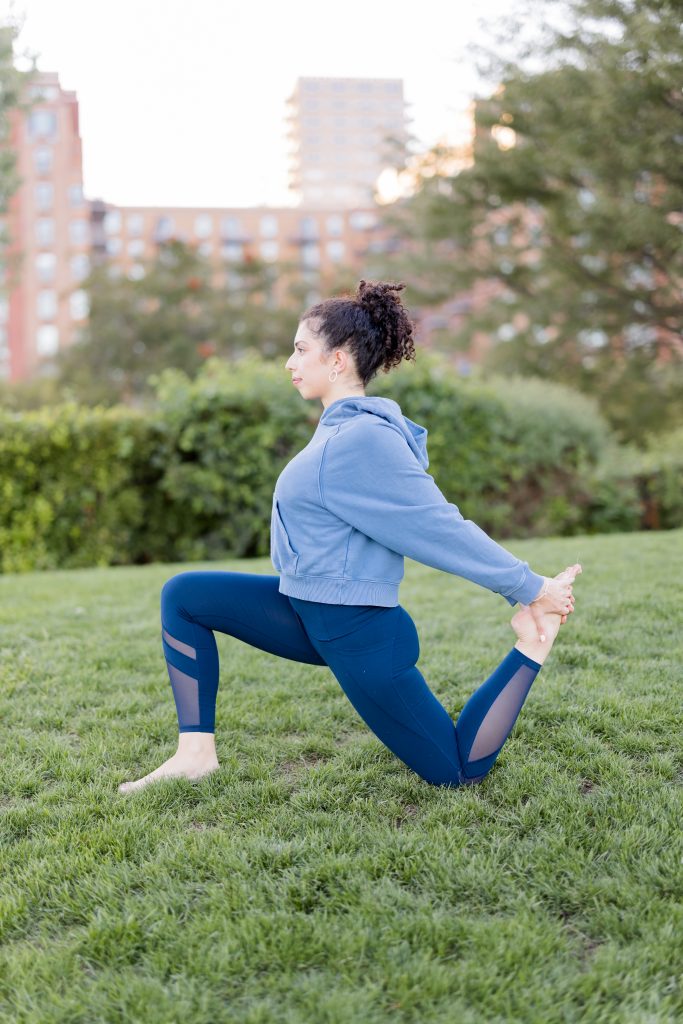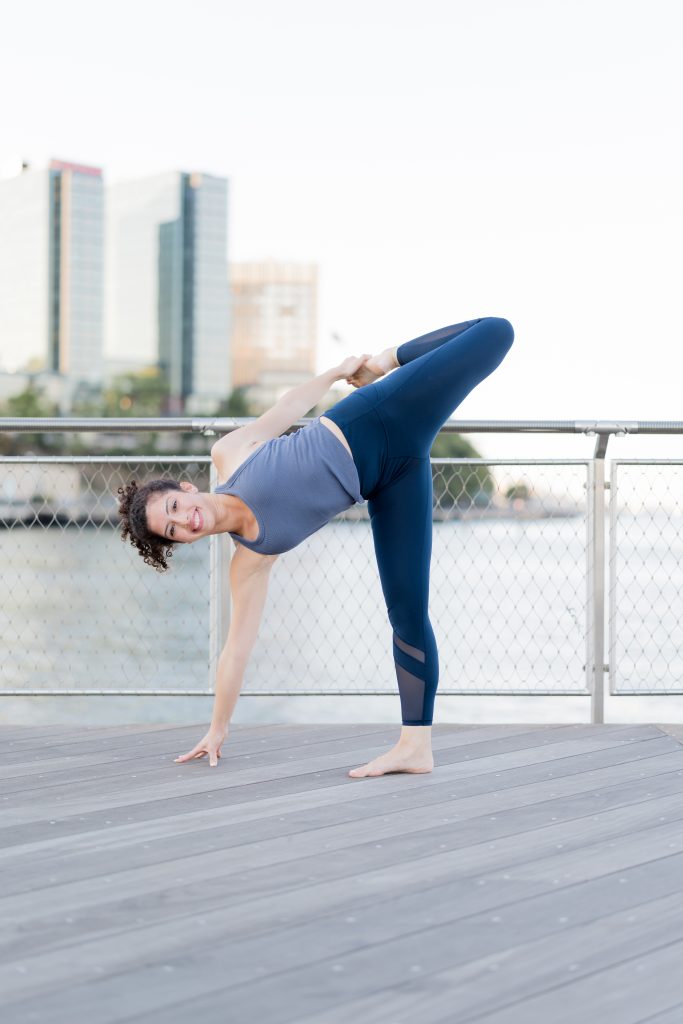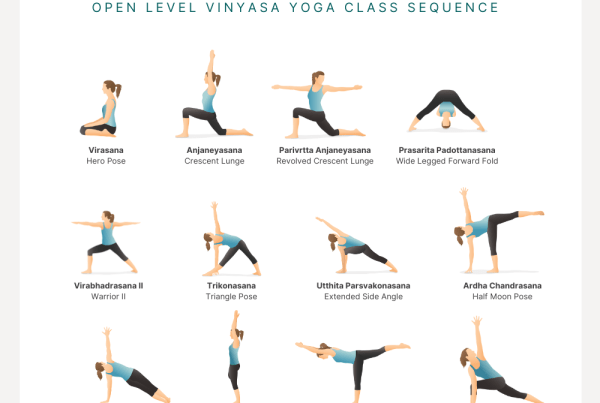
As you move through the Yoga Sutras of Patanjali, you’ll realize how much yoga actually helps you work on conquering your mind and your thoughts. Before you can conquer anything, you do need to understand what it is you’re working with.
Yoga Sutras 1.4 is: “Vritti Sarupyam Itaratra” and can be translated as: “At other times, when one is not in self-realization, the Seer appears to take on the form of the modifications of the mind.” The “Seer” is the true self and can sometimes be understood as that spark that makes you come alive. The modifications of the mind are kind of like the tricks you mind can play on you to make you see things differently.
There is the truth, what is actually happening, and then there is the way your mind modifies that truth to be something else. It’s kind of like putting an Instagram filter over reality. Sometimes it’s incredibly blurry and other times it’s over exposed, and neither look like what the original image was.
The physical asana practice can help you connect more deeply to the “Seer” and allow you to see the truth in your day to day life. When you’re connected to your breath, body, and easing your mind through the yoga practice, life can become even more sweeter!
Sugarcane Pose (Ardha Chandra Chapasana)
Our peak pose this week is Ardha Chandra Chapasana. This pose can be really challenging if your mind gets in the way! However, it’s a great pose to work towards when you’re also trying to fixate your mind on what’s happening in the present moment. Balancing poses have a way of taking you out of your head if you let them. They also have a really great way of taking you deeper into your own grounding if you can tune into your breath, your body, and how everything works in such beautiful harmony
Supporting poses for Sugarcane Pose
1. Peaceful Warrior

Peaceful Warrior
You can add this pose into your standing pose sequence during the earlier part of your class. It helps to bring awareness and also length to the side body and will begin to give the practitioner a moment to bring attention to the parts of the body that can’t be seen (like the back leg and the front knee).
How to:
- From Warrior 2, flip your front palm up and tip back.
- Bring your back hand onto your back leg.
- Reach your front hand away from your front knee and your front knee away from your hand. This will help elongate the side body.
- Try to move your front knee in the direction of your front pinky toe.
- Ground the outer edge of your back foot into your mat.
2. Crescent Lunge (with fingers interlaced behind back)

Crescent Lunge (with fingers interlaced)
You may add this into your sequence after the rounds of standing open poses or even add it in as something to come to between rounds. This will help open the chest and shoulders and also bring awareness to the concept of reaching the arms back behind the body.
How to:
- From a Low Lunge, lower your back knee to the mat.
- Make sure your front heel is grounded.
- Interlace your hands behind your back and reach your knuckles down.
- Elongate through the side body and imagine someone has their hand on your upper back. Gentle lean into that imaginary hand as keep your gaze forward.
3. Crescent lunge (with an option to reach for the back foot)

Crescent Lunge (with an option to reach for the back foot)
This is a great pose to continue to build the awareness of the hand reaching for the back foot. You can’t actually see where you’re reaching when you begin to take variations like this, so doing this motion on the ground can help the body remember what it feels like to reach back. It is also such a great opportunity to open the fronts of the legs and the shoulders.
How to:
- From a low lunge, bring your hands to the top of your front thigh.
- Bend your back knee and reach back to the top of your foot with one hand.
- Stay right here or reach back with your other hand.
- Gentle press your foot into your hands and your hands into your foot as you also draw your shoulder blades together.
Peak Pose: Ardha Chandra Chapasana (Sugarcane Pose)

Sugarcane Pose (Ardha Chandra Chapasana)
How to:
- From a low lunge, wall your front hand forward of your front foot.
- Tuck your back toes and start to walk your back foot forward.
- Bring your other hand to your hip and start to lift your back foot off the ground as you bring your front hand beneath your front shoulder (this usually means moving it forward and past the pinky toe of the front foot)
- Bend your top knee and reach back for your foot with your top hand.
- Press your foot into your hand and your hand into your foot.






